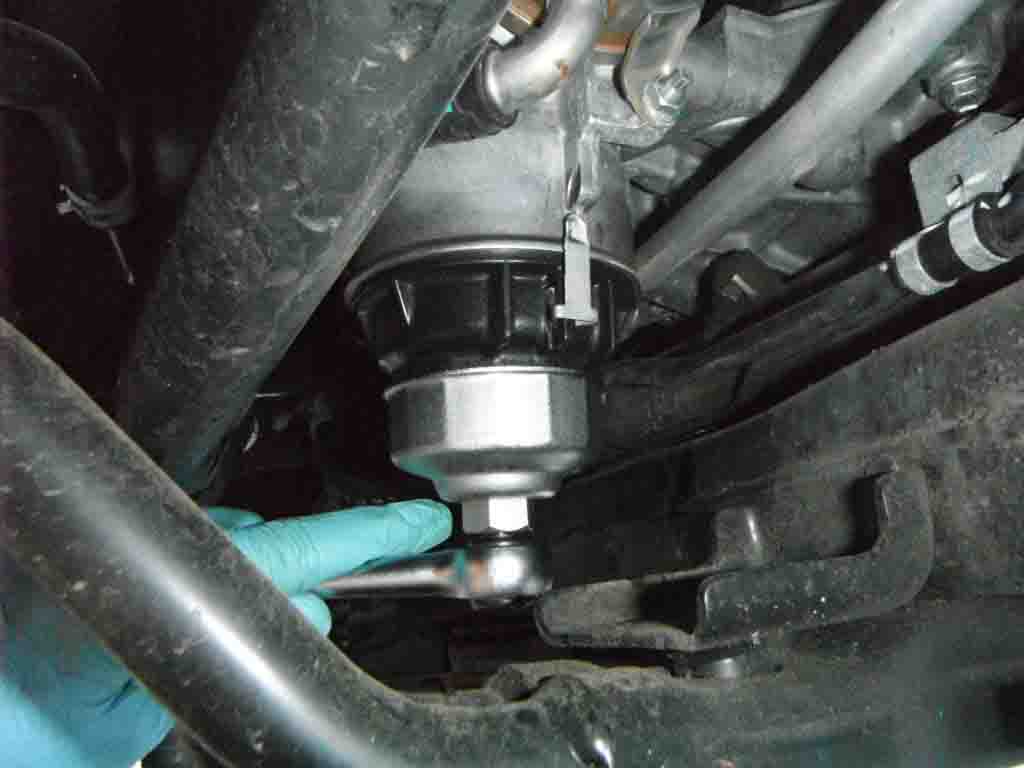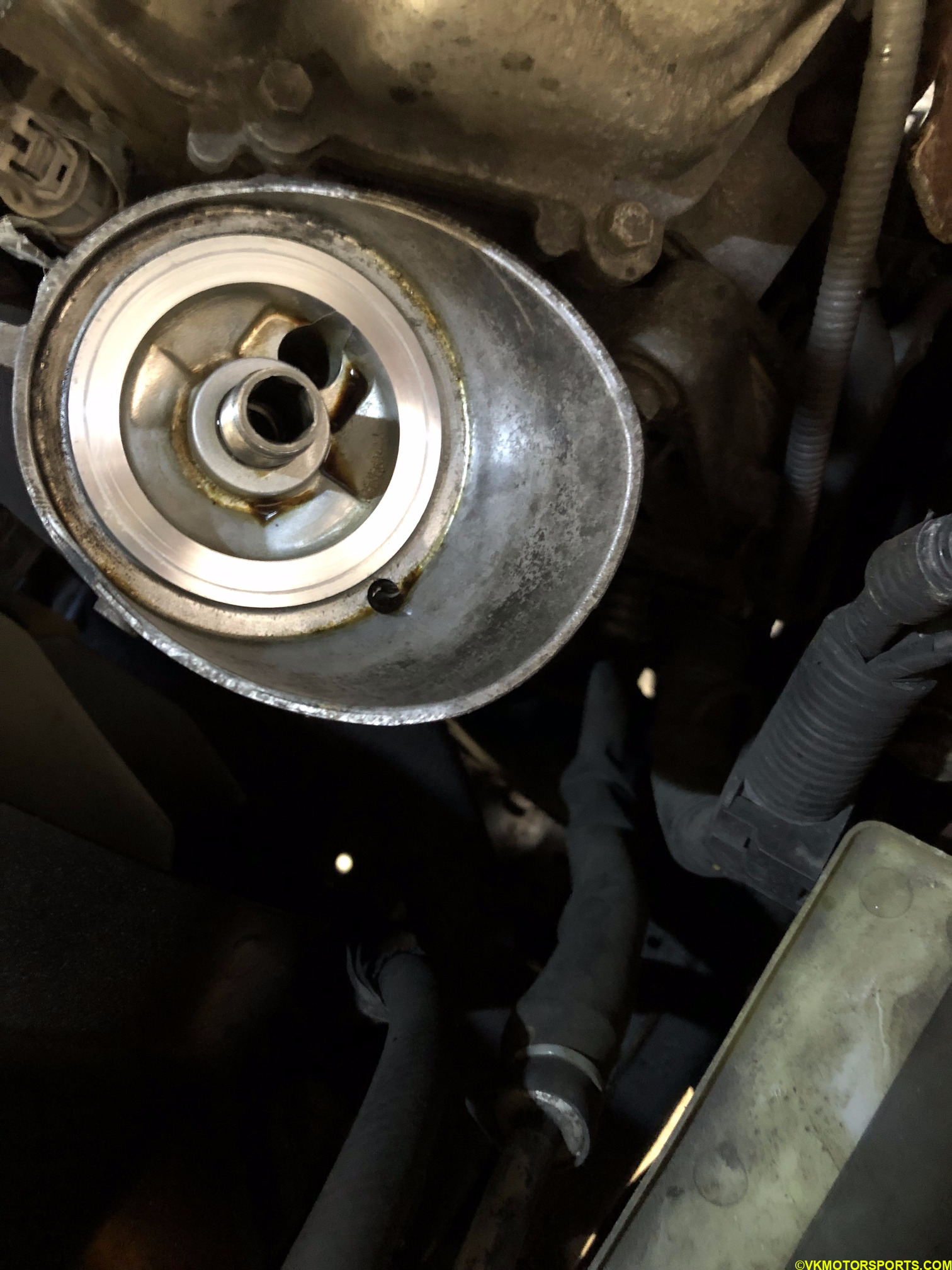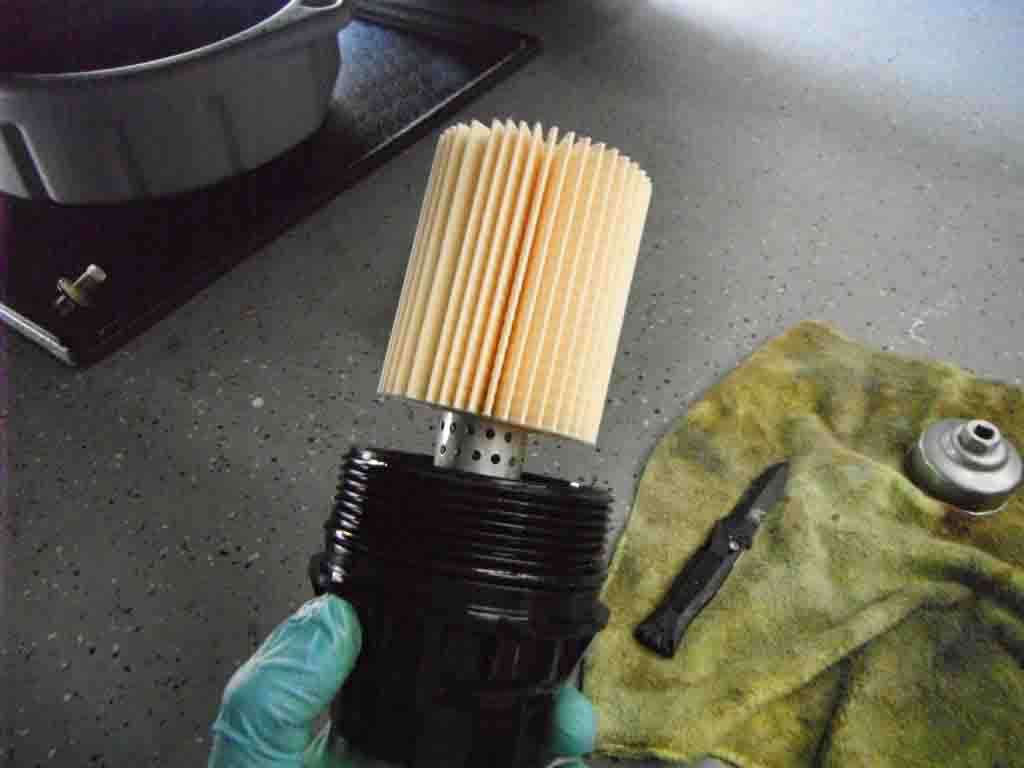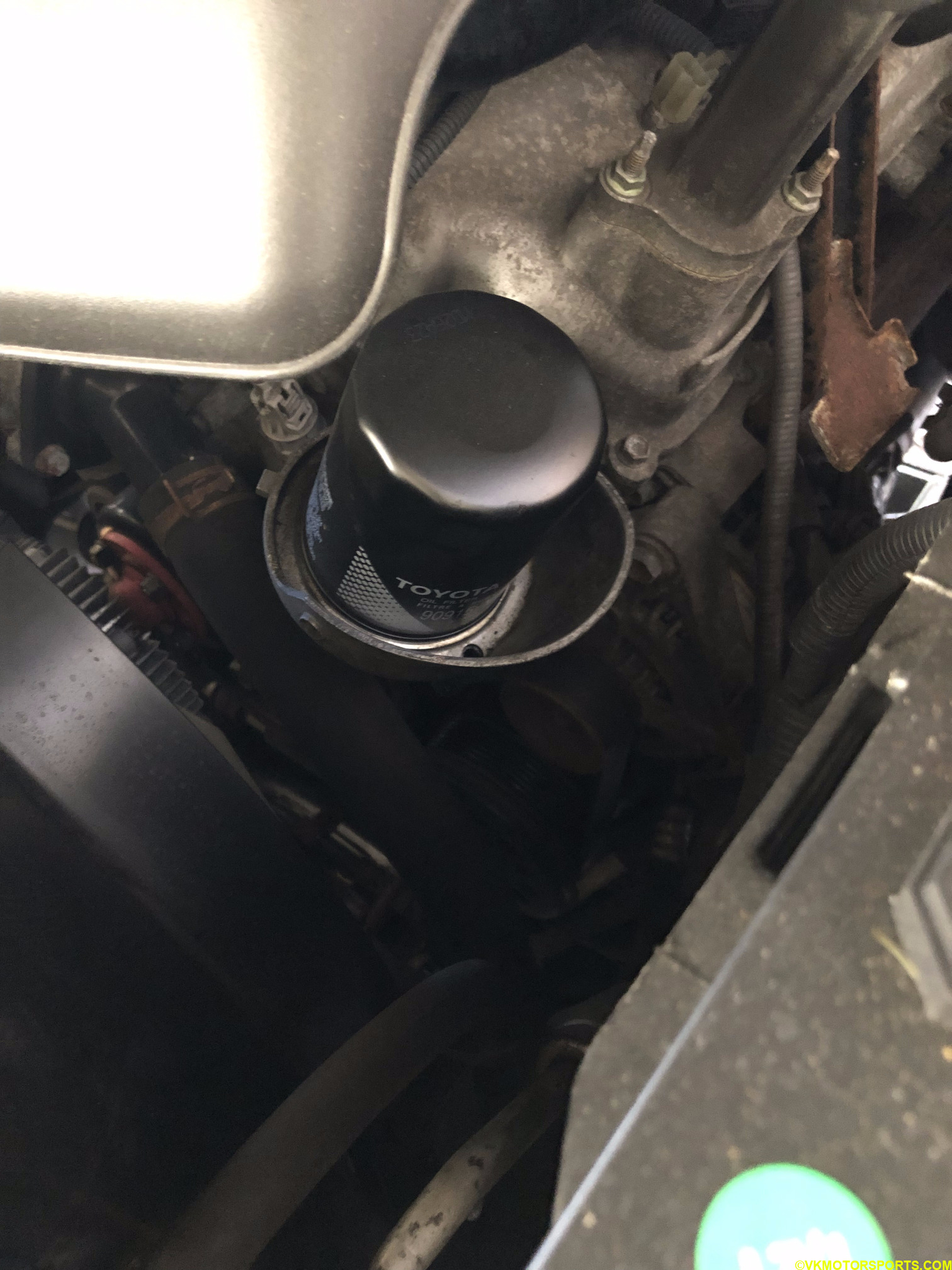The Vital Role Of Oil Filtration In The 2025 Toyota 4Runner
The Vital Role of Oil Filtration in the 2025 Toyota 4Runner
Related Articles: The Vital Role of Oil Filtration in the 2025 Toyota 4Runner
Introduction
With great pleasure, we will explore the intriguing topic related to The Vital Role of Oil Filtration in the 2025 Toyota 4Runner. Let’s weave interesting information and offer fresh perspectives to the readers.
Table of Content
The Vital Role of Oil Filtration in the 2025 Toyota 4Runner

The 2025 Toyota 4Runner, renowned for its rugged capabilities and enduring reliability, relies on a robust engine to power its adventures. This engine, like any other, requires meticulous care to maintain its peak performance and longevity. One crucial aspect of this maintenance is the consistent use of a high-quality oil filter.
Understanding the Importance of Oil Filtration
Engine oil, the lifeblood of any internal combustion engine, lubricates moving parts, cools the engine, and cleanses it of harmful debris. Over time, this oil becomes contaminated with wear particles, dirt, combustion byproducts, and other contaminants. These contaminants can accumulate, leading to increased wear, reduced engine efficiency, and even catastrophic engine failure.
This is where the oil filter steps in. It acts as a barrier, trapping contaminants and preventing them from circulating within the engine. A well-functioning oil filter ensures that clean, lubricated oil reaches every critical component, safeguarding the engine’s health and performance.
The 2025 4Runner’s Oil Filter: A Critical Component
The 2025 4Runner’s oil filter is specifically designed to handle the demands of its powerful engine. It employs a high-quality filter media, typically composed of cellulose or synthetic materials, to effectively capture contaminants of varying sizes. The filter’s construction also includes a bypass valve, which allows oil to flow through the filter even if it becomes clogged, preventing engine damage.
Factors to Consider When Choosing an Oil Filter
Choosing the right oil filter for your 2025 4Runner is essential. Several factors come into play:
- Compatibility: Ensure the filter is specifically designed for your vehicle’s engine. Incorrect filter sizes or types can lead to improper filtration and potential damage.
- Filtration Efficiency: Higher filtration efficiency means the filter can capture smaller contaminants, resulting in cleaner oil and improved engine protection.
- Flow Rate: A filter with a high flow rate allows oil to circulate through the engine more efficiently, promoting optimal lubrication.
- Durability: A durable filter can withstand high engine temperatures and pressures, ensuring long-lasting performance.
Choosing the Right Oil Filter for Your 2025 4Runner
Toyota recommends using genuine Toyota oil filters for optimal performance and compatibility. However, other reputable brands offer high-quality filters that meet or exceed Toyota’s specifications. When selecting a filter, research its performance ratings, read reviews, and consult with your mechanic for recommendations.
Maintenance and Replacement
The 2025 4Runner’s oil filter should be replaced at regular intervals, as recommended by Toyota or your mechanic. Typically, this interval is around 5,000 to 7,500 miles, depending on driving conditions and oil type.
Signs of a Failing Oil Filter
While oil filters are designed for long-term performance, they can eventually fail. Here are some signs that your 2025 4Runner’s oil filter may need replacement:
- Increased Engine Noise: A clogged filter can restrict oil flow, leading to increased engine noise and wear.
- Reduced Engine Performance: A compromised filter can result in decreased power and acceleration.
- Oil Pressure Warning Light: A malfunctioning filter can trigger the oil pressure warning light, indicating a potential problem.
FAQs
Q: What are the potential consequences of neglecting oil filter replacement?
A: Neglecting oil filter replacement can lead to a buildup of contaminants in the engine oil, resulting in increased wear, reduced engine efficiency, and potential engine damage. In severe cases, it could lead to costly engine repairs or even replacement.
Q: Can I use a different brand of oil filter than the one recommended by Toyota?
A: While Toyota recommends using genuine Toyota oil filters, other reputable brands offer high-quality filters that meet or exceed Toyota’s specifications. However, always ensure the filter is compatible with your 2025 4Runner’s engine.
Q: How often should I change my oil filter?
A: Toyota recommends changing the oil filter every 5,000 to 7,500 miles, depending on driving conditions and oil type. Consult your owner’s manual or your mechanic for specific recommendations.
Q: Can I clean my oil filter instead of replacing it?
A: Cleaning an oil filter is not recommended. Oil filters are designed to be disposable, and attempting to clean them can compromise their filtration efficiency and potentially damage the engine.
Tips for Maintaining Your 2025 4Runner’s Oil Filter
- Follow the Recommended Oil Change Interval: Adhering to the recommended oil change interval, as outlined in your owner’s manual, ensures optimal filter performance.
- Use High-Quality Oil Filters: Choose filters from reputable brands that meet or exceed Toyota’s specifications for your 2025 4Runner’s engine.
- Inspect the Filter During Oil Changes: Visually inspect the filter for any signs of damage or excessive wear.
- Avoid Overtightening the Filter: Overtightening the filter can damage it and make removal difficult during the next oil change.
Conclusion
The oil filter is a critical component in maintaining the health and performance of your 2025 Toyota 4Runner’s engine. By understanding its importance, choosing the right filter, and adhering to recommended maintenance schedules, you can ensure your vehicle’s engine runs smoothly and reliably for many miles to come.








Closure
Thus, we hope this article has provided valuable insights into The Vital Role of Oil Filtration in the 2025 Toyota 4Runner. We thank you for taking the time to read this article. See you in our next article!